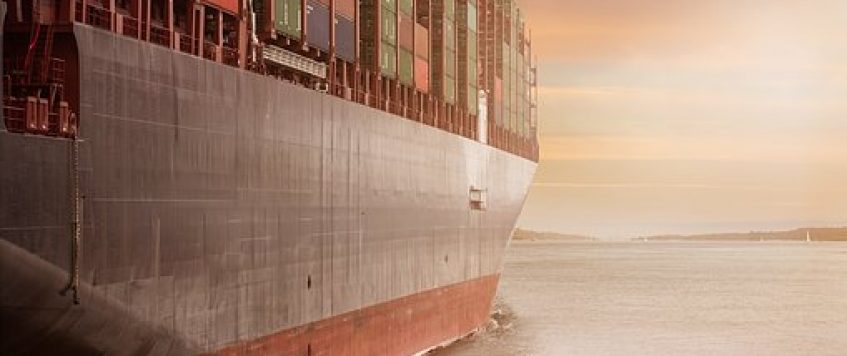-
17
Aug
AUTONOMOUS SHIPS ARE ALMOST HERE
In a world where autonomous cars have become all the rage of the future, it may be easily overlooked how close the technology is coming to seaborne transportation. The world’s first crew less, automated cargo ship will launch in 2018, reports the Wall Street Journal, and is expected to be fully autonomous by 2020. The Norwegian-built Yara Birkeland will use GPS, radar, cameras, and sensors to navigate itself around other boat traffic and dock on its own. It’s anticipated to cost around $25 million, which is about three times as much as a standard container ship of the same size. But investors say without the need for fuel or crew, annual operating costs would be cut by up to 90 percent. The vessel will become autonomous in stages, Yara said.
The 100-container Birkeland is being jointly developed by agriculture firm Yara International and technology company Kongsberg Gruppen. It’s been dubbed the “Tesla of the Seas,” and is scheduled in late 2018 to start delivering fertilizer from a production facility to the port of Larvik about 37 miles away. “Yara Birkeland will initially operate as a manned vessel, moving to remote operations in 2019 and expected to be capable of performing fully autonomous operations in 2020,” the company said in a post on its website from May 2017. The vessel will also cut emissions, and the company plans to reduce air pollutants while improving rad safety by removing up to 40,000 truck journeys in populated urban areas.
Rolls Royce is another company strongly entwined in efforts to fully automate cargo ships in the near future, and they have revealed concept designs for an autonomous ship that could be managed remotely form a control center. Operators would be able to monitor vessels by a remote link, and they will be able to carry out diagnostics and deploy drones to perform further inspections. “Autonomous ahipping is the future of the maritime industry” said Mikael Makinen, president of Rolls-Royce’s maritime division, in a white paper published by the company. “As disruptive as the smartphone, the smart ship will revolutionize the landscape of ship design and operations.”
There are many proposed benefits to autonomous shipping, including reduction in shipping costs by decreasing the number of human operators and labor, but ensuring the progress comes with heightened safety wull be the biggest challenge. All the technological building blocks are in place to construct and control robotic ships. What could prove to be more challenging, though, are the regulatory changes required to allow such ships to operate. At the moment, global shipping regulations are unclear about whether these ships would be permitted, how they could be insured, and who would be legally liable in the event of an accident.
Along with members of the AAWA project, at least two other groups in Europe are looking at changes to regulations that would clarify these questions. A group called SARUMS (Safety and Regulations for European Unmanned Maritime Systems), led by Sweden with six other participating countries, is one. In the United Kingdom, the Maritime Autonomous Systems Regulatory Working Group has been carrying out similar efforts. The ultimate aim is to ensure that the next substantial iteration of the International Convention on Safety of Life at Sea—the rules that govern international shipping—reflects these technological developments.
If you have any additional questions as to how the autonomous shipping changes may affect your future freight shipments, don’t hesitate to reach out to sales@pnglc.com or contact us at (717) 626-1107 ext. 3.

